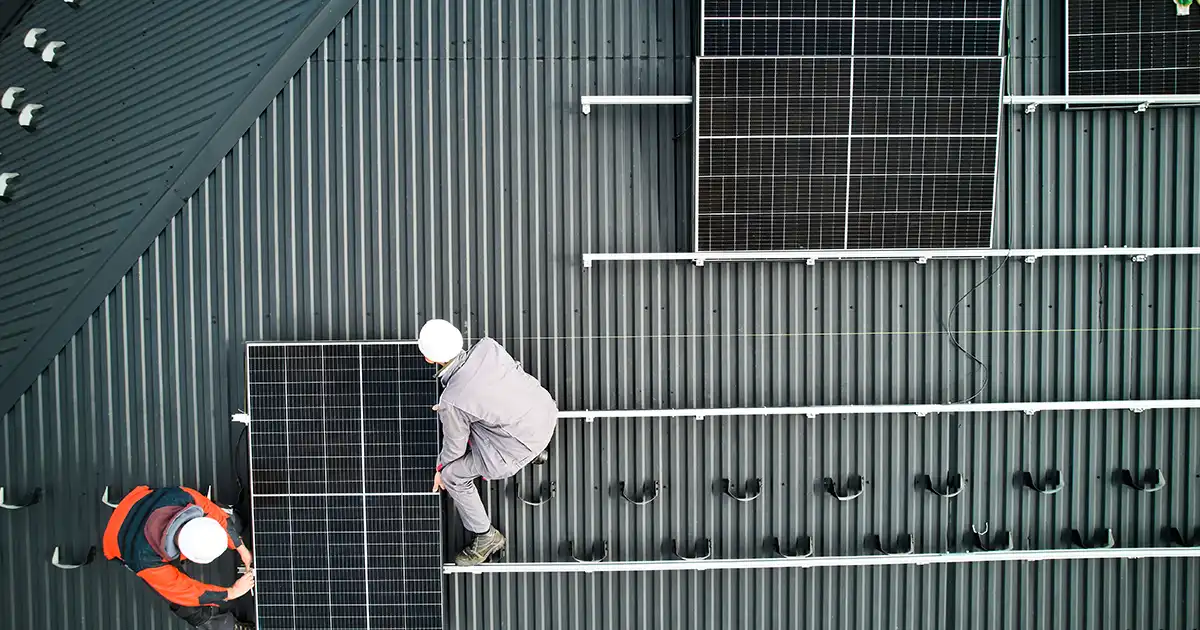The world is increasingly aware of the need for sustainable energy solutions, and the transportation sector is no exception. Solar-powered public transportation will pave the way for a cleaner and more sustainable alternative to the industry’s pollutants using conventional fossil fuels. This article will dive deep into a case study on transportation in India in the use case of solar-powered public transportation.
Need for Solar Energy Transportation in India
It is evident that solar-powered vehicles are the most suitable solutions to promote sustainable living in the cities. Why is eco-friendly public transit important?
Reduced Air Pollution and Fossil Fuel Reliance
India is home to some of the most polluted cities, with air pollution levels reaching dangerous levels. The main contributor to the industry’s pollutants is heavy dependence on fossil fuels. One of the significant benefits of solar energy transportation is reduced reliance on fossil fuels, improved air quality, and lower greenhouse gas emissions.
Government Initiatives for Clean Energy
In reflection on the challenges faced in the past decades, the government of India has set ambitious goals to reduce carbon emissions and promote clean energy. In 2010, the government launched the National Solar Mission, aiming to increase the solar capacity of the country by 100 GW by 2022.
Solar-Powered Public Transportation in India
The Indian Government has implemented various policies and incentives to encourage the adoption of solar energy transportation. Besides the National Solar Mission Scheme 2010, other initiatives include the National Electric Mobility Mission Plan 2020 to increase the number of Electric Vehicle adoptions to 6 million Indian users by 2023.
Here are some of the developments in solar energy transportation in India.
Solar Buses
A significant advance in using solar for transport is electric buses, which are powered exclusively by 100% green energy. India launched its first solar-powered AC bus service in Kerala, Kannur. The air-conditioner in the bus is connected to solar power rather than the engine. Hence, it reduces additional fuel consumption.
Now, India has around 4000 electric buses in operation, and the Indian government aims to electrify 30% of all buses by 2030, which will be effective through solar energy transportation.
Solar Trains
Yet another development in eco-transit for public transportation was solar trains. The first solar-powered diesel electrical multiple unit (DEMU) train was launched at Safdarjung railway station in Delhi, which runs from Sarai Rohilla, Delhi, to Farukh Nagar, Haryana. The train has a total of 16 solar panels fitted in across six coaches, each producing 300 wp. This initiative is expected to expand to more cities with plans to convert more trains to solar transportation in the future.
Benefits of Solar-powered Public Transportation
The most noticeable benefits of solar energy transportation are reduced carbon emissions. Using solar energy to power buses and trains leads to significantly less pollution compared to their fossil fuel counterparts. This, in turn, helps create a sustainable climate and enhances air quality.
Other benefits include,
- Cost Savings: While the initial installation investment may be higher, it eventually offers cost-saving on your monthly utility bills in the long run.
- Energy Independence: It makes public transportation more self-sufficient as it relies less on external energy sources. In addition, it also protects them from fluctuations in fuel prices.
- Improved Public Health: The reduced air pollutants from solar systems directly impact public health, such as respiratory illness, as they reduce the emission of harmful gasses.
Challenges of Solar-powered Public Transportation
One of the primary concerns of homeowners while implementing solar-powered public transportation is the high installation cost. Solar panel systems and batteries can be expensive, limiting their adoption to only a few cities. However, recent advancements in solar technology can eventually reduce costs.
Other concerns associated with the solar energy transportation are,
Dependence on Weather Conditions
Solar energy transportation depends on weather conditions, which means cloudy or rainy days can adversely impact the efficiency of solar panels, thus affecting the performance of a solar bus or train. This can be prevented using a combination of battery-powered solar vehicles.
Limited Range and Capacity
Another challenge associated with solar-powered vehicles is limited range and capacity. It cannot carry as many passengers compared to conventional vehicles that run on fossil fuels. It can be a significant limitation for large population regions when long distances need to be covered.
In the short term, for a country like India, where air pollution is a major concern, solar energy transportation has the potential to revolutionise eco-friendly transportation in India. As the advances are enhanced, we can expect more cities around India and the world to adopt solar energy transportation.





